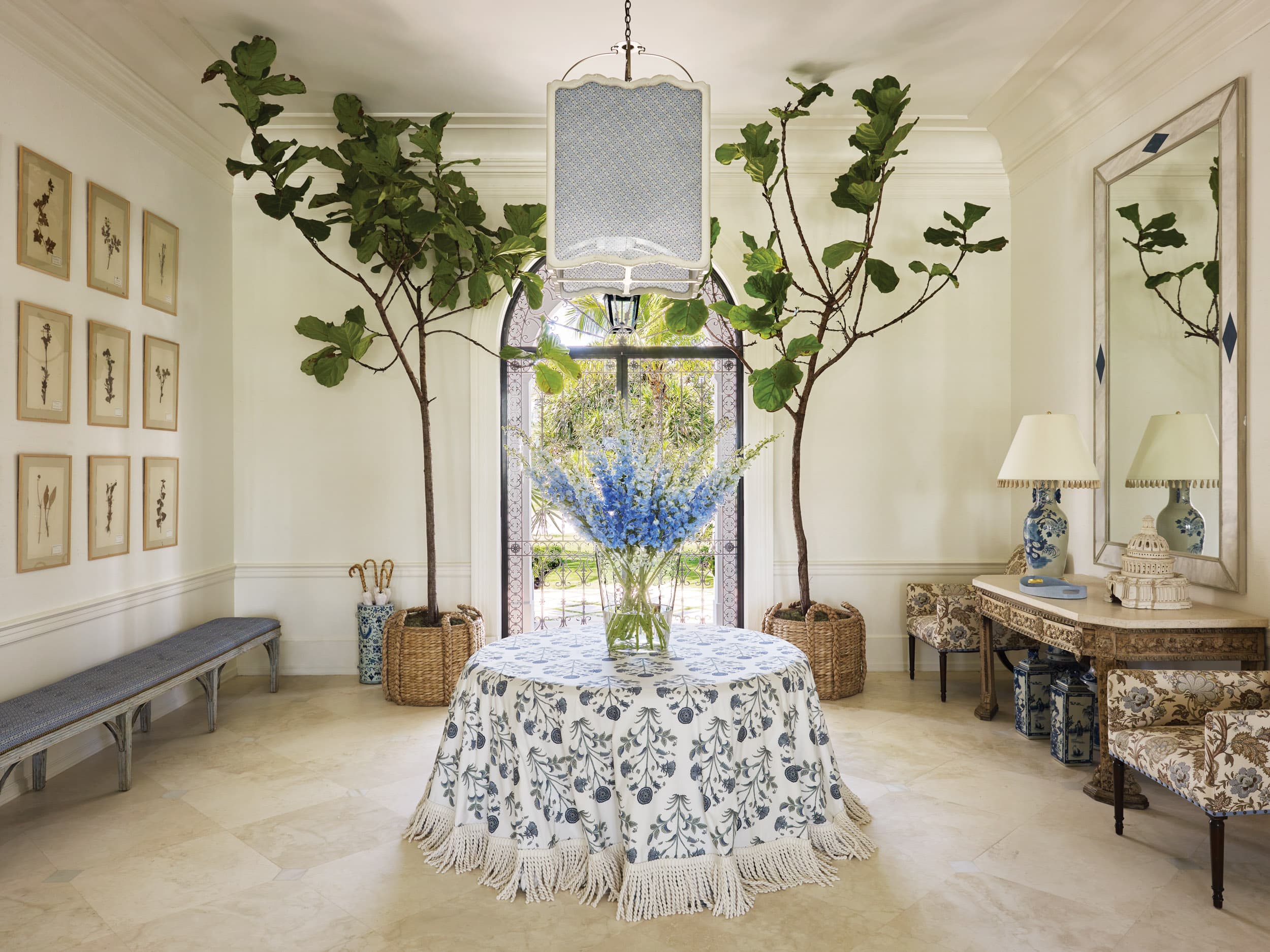
Often forgotten or barely acknowledged, Black architects have been shaping the look of America for hundreds of year—from churches and universities to airports, museums and homes. In honor of Black History Month, we’re celebrating 5 Black architects who through their talent and unwavering passion in the face of racism were pioneers in their chosen field and society at large—and left behind the brick-and-mortar evidence to prove it.


Robert Robinson Taylor (1868-1942)
Robinson Taylor made his way from Wilmington, North Carolina to Cambridge, Massachusetts in 1888 to attend MIT’s School of Architecture, where he would become the university’s first Black graduate. After graduation, he joined the staff of Tuskegee Institute at the invitation of Booker T. Washington, the school’s founder. While he was a professor in architectural drawing, he also served as an architect for the growing campus.

At Tuskegee, Robinson Taylor would design some of the school’s most notable buildings. In 1893, he finished Science Hall, overseeing construction done by students. He then spent three years creating the Butler Chapel, a 2,400-person space with a 105-foot tower. Next up was an expansive residence for the school’s president, Washington, which was called The Oaks. The home is part of the Tuskegee Institute National Historic Site and is open to visitors.

In 1899, Robinson Taylor left Tuskegee to work in Cleveland for a three-year period. He returned and spent the rest of his career at the university, later constructing a headquarters for the mechanical building. The Slater-Armstrong Memorial Trades Building had 27 rooms and was then the school’s largest structure. Robinson Taylor retired in the 1930s and died in 1942. An episode of PBS’s Finding Your Roots looked at Robinson Taylor’s legacy with his great-granddaughter Valerie Jarrett, an Obama administration alumna.

Vertner Woodson Tandy (1885-1949)
The first Black registered architect in New York State, Woodson Tandy was a native of Lexington, Kentucky, where his father was a mason who worked on the Lexington Courthouse, and began his studies at Tuskegee Institute before got his degree at Cornell University in 1907. Post-graduation he set up offices in New York City. Woodson Tandy constructed Villa Lewaro, the famed 20,000-square-foot, 34-room mansion, for mogul Madam C.J. Walker in Irvington, New York, from 1916 to 1918. He also built a long-since destroyed townhouse for Walker on West 136th Street in 1915 and the Abraham Lincoln Houses, a housing project also located in Harlem.

With his partner George Washington Foster, who was also Black, they formed the firm Tandy & Foster. Together they built the Ivey Delph apartments in Hamilton Heights, New York, and the famed St. Paul Episcopal Church in Harlem. Woodson Tandy was also famed for establishing Cornell’s Alpha Phi Alpha, the country’s oldest African-American fraternity, whose later members would include Dr. Martin Luther King, Jr., W.E.B. Du Bois, Duke Ellington, Walt Frazier, Thurgood Marshall and Barry Jenkins. He was inducted into the American Institute of Architect’s New York bureau three years prior to his death.

Paul R. Williams (1894-1980)
One of Los Angeles’s most influential architects over his five decade career, Paul Revere Williams designed the L.A. County Courthouse, homes for stars like Frank Sinatra, Cary Grant and Lucille Ball, and the Beverly Hills Hotel’s Polo Lounge and its famous logo. In 1923, he was the first Black architect to become a member of the influential American Institute of Architects and broke ground for others in the industry. In 1920, he was part of the first Los Angeles Planning Commission. Williams was behind over 2,000 homes in Southern California and his archives now jointly belong to USC and the Getty Research Institute, which allow them to be viewed by the public.


Unlike many of his peers, Williams refused to adhere to a single school and hewed more towards traditional styles like Tudor, Italian Revival and Spanish Colonial revival than the more modern look of the day. He was particularly skilled at celebrity design (Denzel Washington, Ellen DeGeneres and other A-listers have lived in his homes) and his houses embraced elegance. The PBS documentary “Hollywood’s Architect: The Paul R. Williams Story” explores his life and legacy, while his granddaughter Karen E. Hudson has immortalized his work in books like Paul R. Williams: Classic Hollywood Style.

Beverly Lorraine Greene (1915-1957)
Greene is believed to have become first African-American woman licensed to be an architect when she registered in Illinois in 1942 . She majored in architectural engineering at University of Illinois Urbana-Champaign, graduating in 1936. Her career began in her hometown of Chicago but she soon moved to New York
Learning about the construction of Stuyvesant Town, the large housing complex in lower Manhattan, she applied for the project. While Black people were not allowed to live at Stuyvesant Town, Greene was hired as the first architect. She left the project soon after for Columbia University where she received her master’s degree.


Upon obtaining her master’s, she began working for Isadore Rosenfield, who focused on healthcare design, then later with Edward Durrell Stone, designing a theater at the University of Arkansas and Sarah Lawrence College’s arts complex. Greene later worked with Marcel Breuer on projects like the UNESCO United Nations Headquarters in Paris. Her last projects were several buildings for New York University’s former University Heights campus in the Bronx, some of which remained unfinished until after her death in 1957. A memorial service was held at New York’s Unity Funeral home, which she had built years earlier.

Norma Merrick Sklarek (1926-2012)
Beginning her career at the Columbia School of Architecture, from which she graduated in 1950, Merrick Sklarek went on to design the United States Embassy in Tokyo and the Terminal One station at Los Angeles International Airport. She was among the first Black women to become an architect, the first to be licensed in California and New York and the first to be given a fellowship by the American Institute of Architects. Her Los Angeles firm Siegel, Sklarek, Diamond, was the largest firm run by women and was one of the earliest firms to be managed by a Black woman. The team worked on the Tarzana Promenade, a medical and retail complex, and the Lawndale Civic Center, among others.
In her early years in California, she worked for Gruen Associates, where she designed alongside Argentine architect Cesar Pelli and quickly ascended the ladder. There she worked on projects like the four-building complex California Market Center, West Hollywood’s Pacific Design Center and San Francisco’s Fox Plaza, a 29-story office building.

Prior to her work in Los Angeles, Merrick Sklarek, who was raised in Crown Heights, Brooklyn, took a job at the New York City Department of Works after being rejected by 19 firms. “They weren’t hiring women or African Americans, and I didn’t know which it was [working against me],” she is believed to have told a newspaper in 2004. She was later hired by the prestigious firm Skidmore, Owings and Merrill.






















